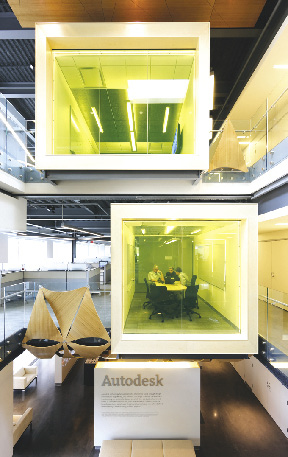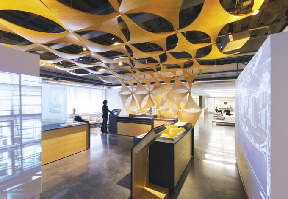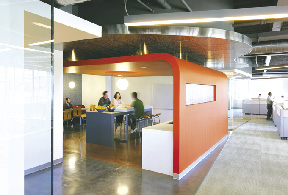Construction is a challenging business. Projects require a complex sequence of interrelated actions to remain predictably on schedule and on budget while providing for functional demands and aesthetic aspirations. In many construction projects, surprises occur, budgets overrun, and schedules extend. Still, new project teams commit "it will be different this time" and then start a new project with the same team structure, the same contractual relationships - essentially the same ingredients that contributed to the disappointment on the last project.
According the U.S Department of Commerce, since 1965 productivity in the AEC industry actually fell slightly while more than doubling in other industries. These other industries demonstrate a pattern of learning, a desire to innovate, and adoption of new technologies. For example, Toyota steadily rose to become one of the world's largest automakers with the disciplined improvement process of Lean Manufacturing. Imagine an automotive assembly worker stepping off the line in 1965 and coming back to work today - they would not even recognize the work environment. Now imagine that same scenario with an architect or builder - they could go back to work right away.
A convergence of two innovations offers the AEC industry the potential to realize similar productivity gains experienced by these other industries. The first innovation will come with utilization of innovative digital tools such as Building Information Modeling (BIM) to optimize design and construction.
The second innovation will come with adoption of new project delivery methods such as Integrated Project Delivery (IPD) - a progressive form of agreement for the delivery of design and construction - one single agreement signed by the owner, architect, and builder - constructed with shared common motivations for project success including design and construction quality, schedule, and budget. An IPD agreement enables and encourages unique project behaviors to increase efficiency and decrease waste with a very high degree of proactive collaboration between the end-users, designers, and builders.
With the new AEC Division Headquarters, Autodesk challenged the KlingStubbins/Tocci Building Companies design and construction team to not only create an exciting and expressive LEED Platinum Certified space, but also to reinvent the design and construction process with an innovative IPD agreement enabled with the latest BIM tools. Autodesk staff now work in an exciting, open, interactive space that encourages the collaboration fundamental to realizing the company's business goals as an innovative company.
The project is on track to receive LEED Platinum certification, was delivered on time despite an aggressive eight-month design and construction schedule, satisfied technical and functional demands, and was not only under budget but also included a higher quality of space than was originally envisioned.
The IPD agreement not only provided benefits to the project owner but also provided benefits to the architect and builder - enabling each to provide better work with greater financial reward for shared project success.
Autodesk believes that its new AEC Headquarters leads by example demonstrating innovative tools and practices to drive the AEC industry towards a more efficient and sustainable future.
Tags:
KlingStubbins/Tocci design and build Autodesk AEC HQ: Leading by example to transform AEC industry with BIM
May 28, 2009 - Front Section











